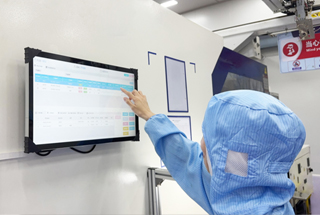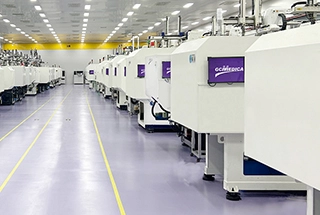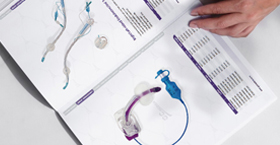A pressure infusion bag with a 500 mL capacity is an essential medical accessory engineered to deliver intravenous (IV) fluids, blood products, or other therapeutic solutions quickly and under controlled pressure. Its compact size makes it particularly well-suited for use in emergency response kits, small operating rooms, labor and delivery suites, and mobile medical units where space is limited but rapid fluid administration remains critical. By enclosing a standard 500 mL fluid bag within a pressurizable chamber, this device augments flow rates far beyond gravity-driven systems, enabling clinicians to maintain hemodynamic stability in patients suffering from hypovolemia, hemorrhagic shock, or during surgical procedures requiring precise volume resuscitation.
The outer shell of the 500 mL pressure infusion bag is typically molded from reinforced, medical–grade PVC or TPU (thermoplastic polyurethane) that resists punctures, tears, and chemical degradation by hospital‐grade disinfectants. A clear window on the front panel provides continuous visual confirmation of fluid level, ensuring that the clinician can monitor infusion progress and detect air bubbles before they enter the patient’s circulation. Integrated hook-and-loop straps, adjustable buckles, or quick-release clamps seal the outer chamber tightly, guaranteeing uniform pressure distribution around the fluid reservoir. These fastening systems also facilitate rapid loading and unloading of fluid bags, minimizing interruption in high‐intensity scenarios.
At the apex of the device sits a precise pressure gauge, calibrated in millimeters of mercury (mmHg), which allows caregivers to set infusion pressures typically ranging from 0 to 300 mmHg. A built‐in safety relief valve automatically vents any excess pressure above the preset threshold, guarding against over‐pressurization that could compromise device integrity or lead to uncontrolled bolus delivery. Inflation and deflation are handled via a dedicated inflation port connected to a hand-held bladder pump. Once the target pressure is achieved, the operator connects standard wide-bore IV tubing or a rapid transfusion set to an external outlet port; the applied pressure then propels fluid into the patient at rates up to several liters per minute, depending on system resistance and catheter gauge.
One of the principal advantages of the 500 mL model is its enhanced portability. Lighter and more compact than larger counterparts, it fits easily into trauma backpacks, compact crash carts, or evacuation stretchers. This versatility extends its utility beyond the hospital walls into ambulances, air ambulances, and battlefield medicine applications. Additionally, because it accommodates standard 500 mL IV bags, the device integrates seamlessly with existing supply chains and does not require specialized fluid containers.
Routine maintenance of the pressure infusion bag 500 mL involves visual inspection for leaks or material fatigue, functional checks of the pressure gauge and relief valve, and cleaning according to the manufacturer’s guidelines. Calibration of the gauge at recommended intervals ensures accuracy over years of service. Properly cared for, the device provides a reliable, cost-effective solution for rapid fluid administration in diverse clinical environments.
In summary, the 500 mL pressure infusion bag offers a robust, user-friendly means of achieving rapid, controlled IV infusion in situations where every second counts. Its combination of compact design, precise pressure regulation, and compatibility with standard fluid bags makes it a cornerstone tool for emergency medicine, critical care, and surgical teams striving to optimize patient outcomes through efficient volume resuscitation.
Related Products


 Français
Français Español
Español Products
Products

 About Us
About Us











